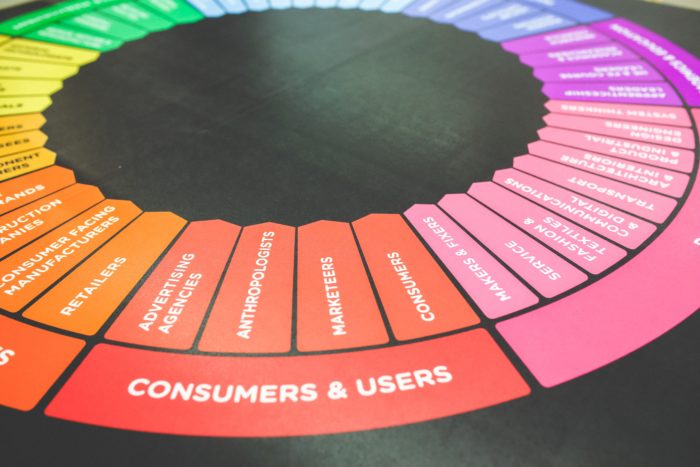Target marketing is hugely responsible for turning the success or failure of a business. If your identified target market is converted into customers, its called a successful target marketing. Your marketing strategies appear failed if your target market ignores your product or services and does not respond to its presence in some way.

What is the Target Market?
Whenever one plans a business, one denotes a set of audience who would be interested in buying your products or services because of their needs towards it. This segment of the audience is your target market. Your marketing campaigns should be designed keeping this target market in mind in order to lure them, attract them and eventually convert them.
Sometimes it’s a big challenge for marketers to identify the right kind of target market for themselves. But finding it is the key to a successful business. A lot of times one develops a target market even before launching the business as sometimes the business is derived basis the needs of the target market. Other times, once the business nature is identified, segmenting the target market becomes an imperative task.
Here are some tips for identifying the right target market for your business
Understanding Your Business
Before setting up any sort of marketing strategy, you need to have in-depth knowledge of your own business. List down the USPs of your business and think of all possible reasons a customer would be interested in your product or service. Think from a consumer’s point of view and you will know where you can find people like your own self.
Understanding The Competition
Once you understand your own business, it’s equally important to identify your competition. Do research on how many business houses are into similar kind of business and how many of them would have a direct or indirect effect on your business. This will help you plan your moves properly.

Define Your Customers
Your focus should be filtering down your customer to the max point you can so that you can have a target market and create a unique strategy for yourself. For example, though into the food business, but the target market for restaurant vs. a delivery outlet still would be very different and thus the marketing strategy will function differently. If you are a restaurant, probably you would have ambiance, service etc. to talk about apart from the food and lure your walk-ins, but in case of a delivery, your strategy would be driving in more orders based on price point, delivery time, offers etc. apart from food quality.

Conduct Gap Analysis
Once you understand your business and have a fair knowledge of the competition and your customer base, it’s easier for you to identify the gaps. You can identify demand vs. supply, in terms of what the customer wants and your competition is providing and at what price, secondly what the customer wants but is not getting fulfilled by the competition. This gap analysis can give you in-leads in defining your own target market.
These steps can help you identify your target market and thus develop marketing strategies accordingly.
















